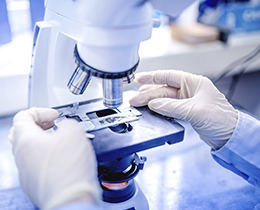Forensic Publications
 The below documents are management system documents utilized by ATF Forensic Laboratories. They are provided for informational purposes only. Sensitive or copyrighted information has been redacted. The documents are used in ATF Laboratories and not published with the intent of setting a policy or analysis standard for other laboratories. The inclusion of equipment/software manufacturer names does not imply endorsement by ATF Laboratories.
The below documents are management system documents utilized by ATF Forensic Laboratories. They are provided for informational purposes only. Sensitive or copyrighted information has been redacted. The documents are used in ATF Laboratories and not published with the intent of setting a policy or analysis standard for other laboratories. The inclusion of equipment/software manufacturer names does not imply endorsement by ATF Laboratories.
The documents were current as of February 28, 2018. ATF management system documents are reviewed annually and revised as needed. For specific requests, submit a Freedom of Information Act (FOIA) request.
No results.

